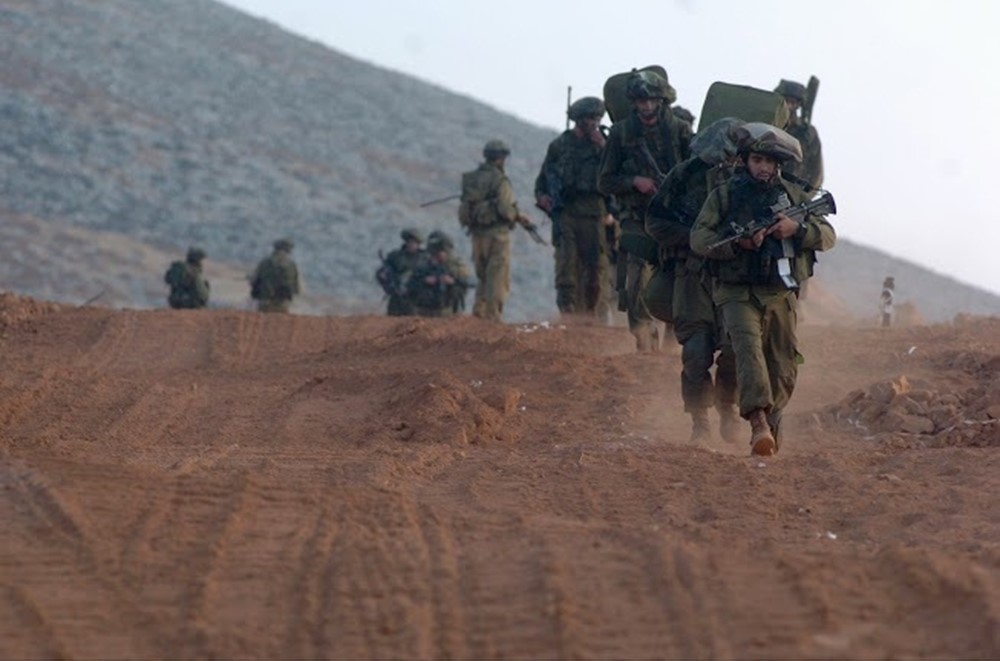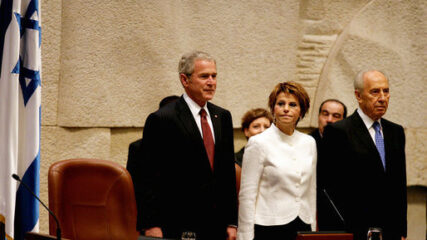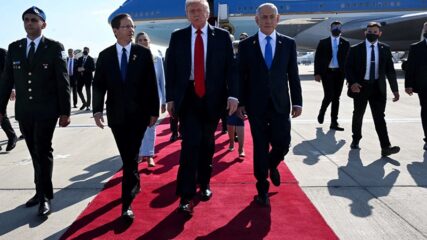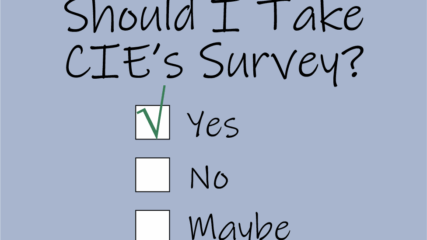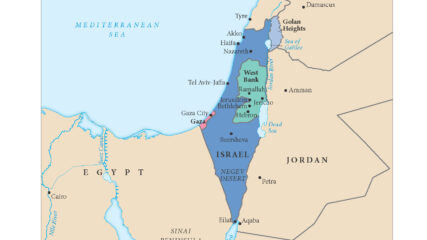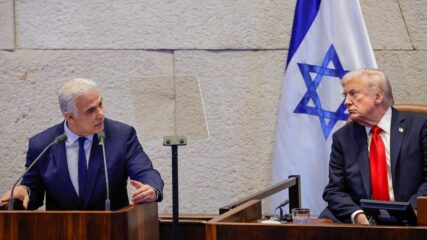August 9, 2006
Israel’s Security Cabinet approves an expansion of the military offensive in southern Lebanon nearly a month after the outbreak of the Second Lebanon War.
Also known as the Israel-Hezbollah War, the conflict started July 12, 2006, when eight Israeli soldiers were killed and two were kidnapped by Hezbollah near the Lebanese-Israeli border. Israel first struck Hezbollah with missiles, artillery and aerial bombardment, then sent ground forces into southern Lebanon. Throughout the fighting, Hezbollah launched rockets and missiles at Israeli civilians. The lack of progress toward military or political objectives leads to the Security Cabinet meeting and the subsequent release of a resolution on how Israel will proceed.
The resolution authorizes attacks on Hezbollah targets anywhere in Lebanon with air, naval or ground forces to achieve five goals: the return of the kidnapped soldiers; the end of attacks on Israel from Lebanon; the full implementation of U.N. Security Council Resolution 1559, which calls for a democratic Lebanon free from international interference; the deployment of an effective international peacekeeping force in southern Lebanon; and the weakening of Hezbollah’s military capabilities by blocking arms shipments from Syria and Iran.
A U.N.-brokered cease-fire ends the war Aug. 14, 2006. The war’s toll includes more than 1,100 Lebanese and 165 Israelis killed.

